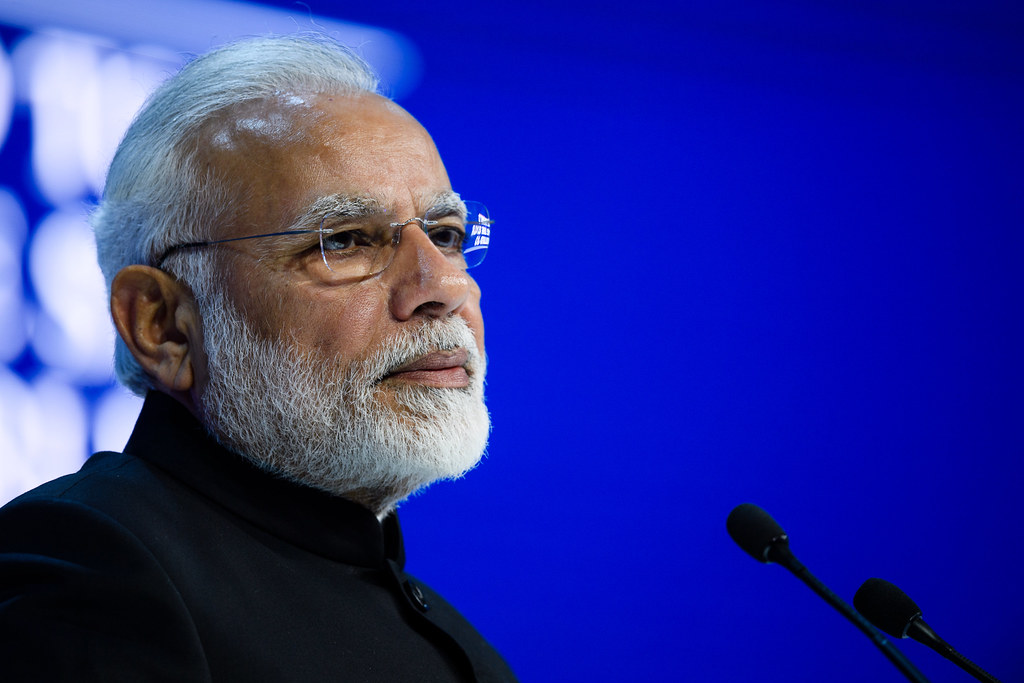
Starting Monday, the daily economic burdens for millions of Indians are expected to ease slightly as staples like milk and bread, life-saving drugs, and medical insurance become tax-free. At the same time, the consumption tax on small cars, television sets, and air conditioners will drop from 28% to 18%, and other common goods like hair oil and shampoo will be taxed at a marginal 5% instead of 12% or 18%. The sweeping cuts are part of Prime Minister Narendra Modi’s major overhaul of India’s complex goods and services tax (GST) regime, which was announced earlier this month. This move is intended to both simplify the tax code and provide a much-needed boost to flagging household consumption, which accounts for more than half of India’s gross domestic product (GDP).
The timing of these cuts coincides with the start of a long festive season when Indians traditionally spend more on everything from new cars to clothes. This four-month period typically accounts for a bulk of yearly sales for consumer goods companies. The hope is that the reduced taxes will mitigate some of the impact of the U.S.’s bruising 50% tariffs on India and leave people with more money to spend, thus stimulating the domestic economy. The cuts follow a $12 billion income tax giveaway in February and lower interest rates from the country’s central bank.
Industry and Consumer Reactions
Companies like Reliance, HUL, and Mahindra & Mahindra have pledged to pass on the lower taxes to consumers to boost demand. Carmakers are particularly optimistic, with their share prices up 6–17% since Modi’s announcement. A motorbike dealer in Mumbai told the BBC he expects sales to jump by 30–40% over the next two months. A software developer at the showroom, Vishal Pawar, said he is considering upgrading to a new bike, noting that the “best time to buy is when festival discounts and tax cuts overlap.”
Consumer goods companies are also upbeat, with Sabyasachi Gupta of Godrej Enterprises Group noting that the tax cuts, coupled with a good harvest, could expand the market for discretionary goods beyond metro cities. However, the changes have led to a last-minute scramble for businesses to update pricing and packaging. Meanwhile, some smaller shopkeepers in Mumbai’s Crawford Market were confused about the changes. The owner of a bridal showroom, Naresh G, was disappointed to learn that while garments costing less than $29 will see a tax cut, wedding outfits priced above that figure will now face a higher levy of 18%, which could impact the entire supply chain.
Economic Trade-offs and Challenges
Despite the mixed reactions, the net impact of the GST cuts is expected to be largely positive. According to ratings agency Crisil, the lower taxes will benefit a third of an average consumer’s monthly expenditure basket and improve the middle class’s purchasing power. The extent of the impact, however, will depend on “the degree to which producers pass the rate cuts to consumers.” The cuts are not without cost. The government predicts they could lead to a revenue loss of around $5.4 billion this year, but independent experts expect that figure to be higher, with the strain on the exchequer becoming more pronounced in the coming years. These losses add to a bleak macroeconomic picture, with federal tax revenues showing little growth and spending up by more than 20%. This may force the Modi government to reduce the big-ticket infrastructure spending that has been a key driver of India’s growth.
What The Author Thinks
Prime Minister Modi’s tax cuts are a calculated gamble. By prioritizing household consumption and coinciding the cuts with the festive season, the government is attempting to stimulate the economy from the bottom up. However, the policy’s success is not guaranteed and comes with significant risks. The potential revenue loss could strain the government’s budget and force a reduction in crucial infrastructure spending, which has been a key driver of India’s growth. The uneven impact on different sectors, from small cars to wedding attire, highlights the complexity of such a large-scale tax overhaul. This is a bold move to spur demand, but it also reveals the difficult trade-offs a government must make when trying to manage a complex and vast economy.
Featured image credit: World Economic Forum via Flickr
For more stories like it, click the +Follow button at the top of this page to follow us.
